10 GPTs for Visual Impairment Powered by AI for Free of 2025
AI GPTs (Generative Pre-trained Transformers) for Visual Impairment are advanced artificial intelligence tools designed to assist individuals with visual impairments. These tools leverage the power of GPT technology to provide accessible, tailored solutions for reading, navigation, object recognition, and more. By interpreting natural language inputs and generating human-like text responses, they offer personalized assistance and support, making digital content and the physical environment more accessible to the visually impaired community.
Top 10 GPTs for Visual Impairment are: Alt Text Assistant,Pixie Describer,Alt Text Generator,播放語音,Accessible Art Tags v0.2,Accessibility Helper,Blind Vision,For Sight,EvE,Top Tech Tidbits Accessibility Ally
Alt Text Assistant
AI-powered concise image descriptions
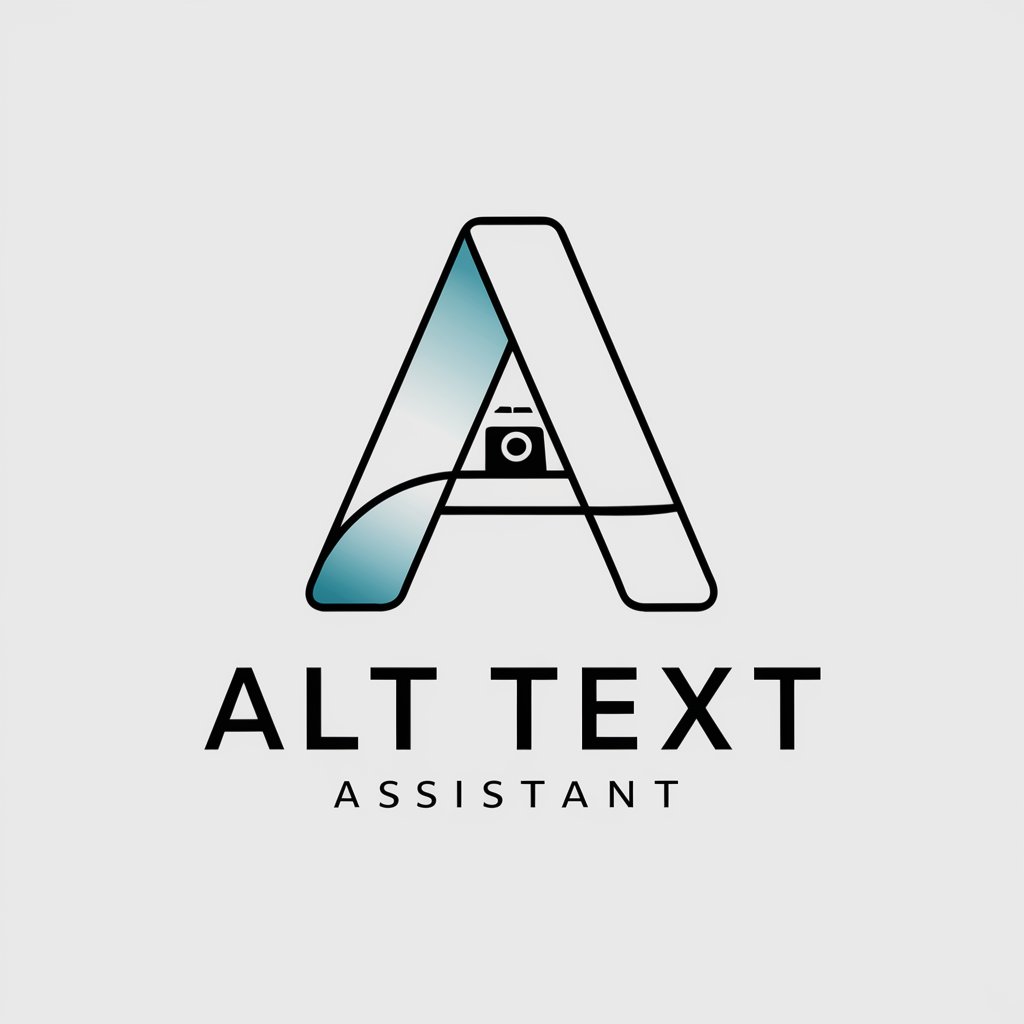
Pixie Describer
Bringing Images to Words with AI
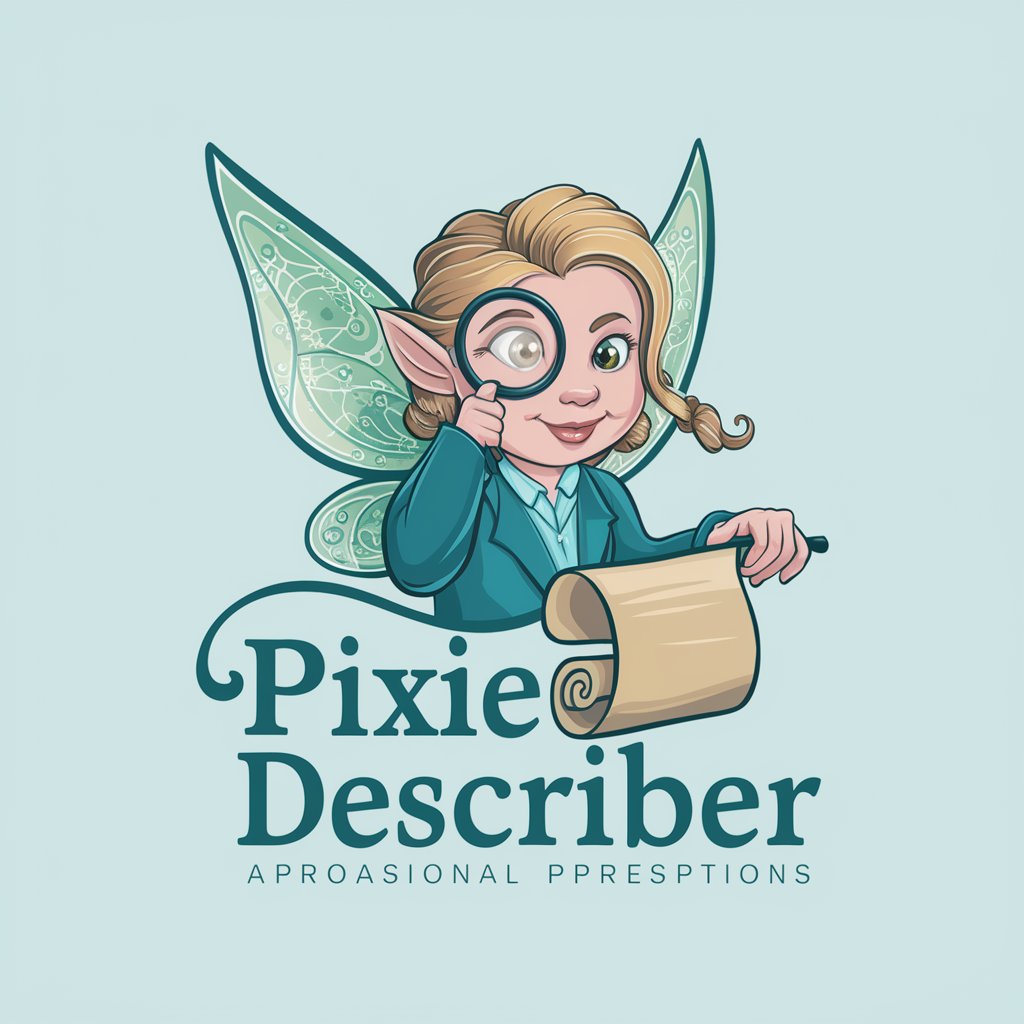
Alt Text Generator
Enhancing Accessibility and SEO with AI

播放語音
Empowering your text with AI voice

Accessible Art Tags v0.2
Bringing Art to Life with AI
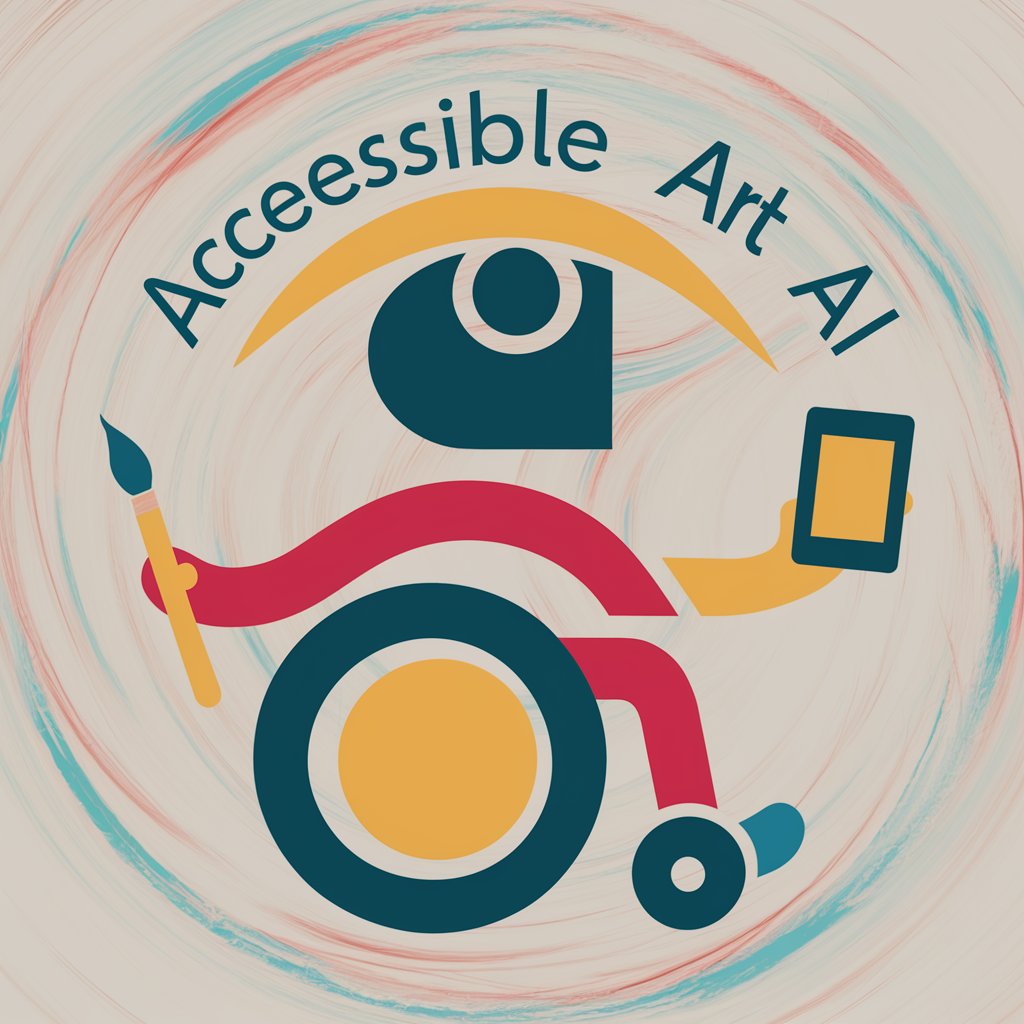
Accessibility Helper
Empowering digital accessibility with AI
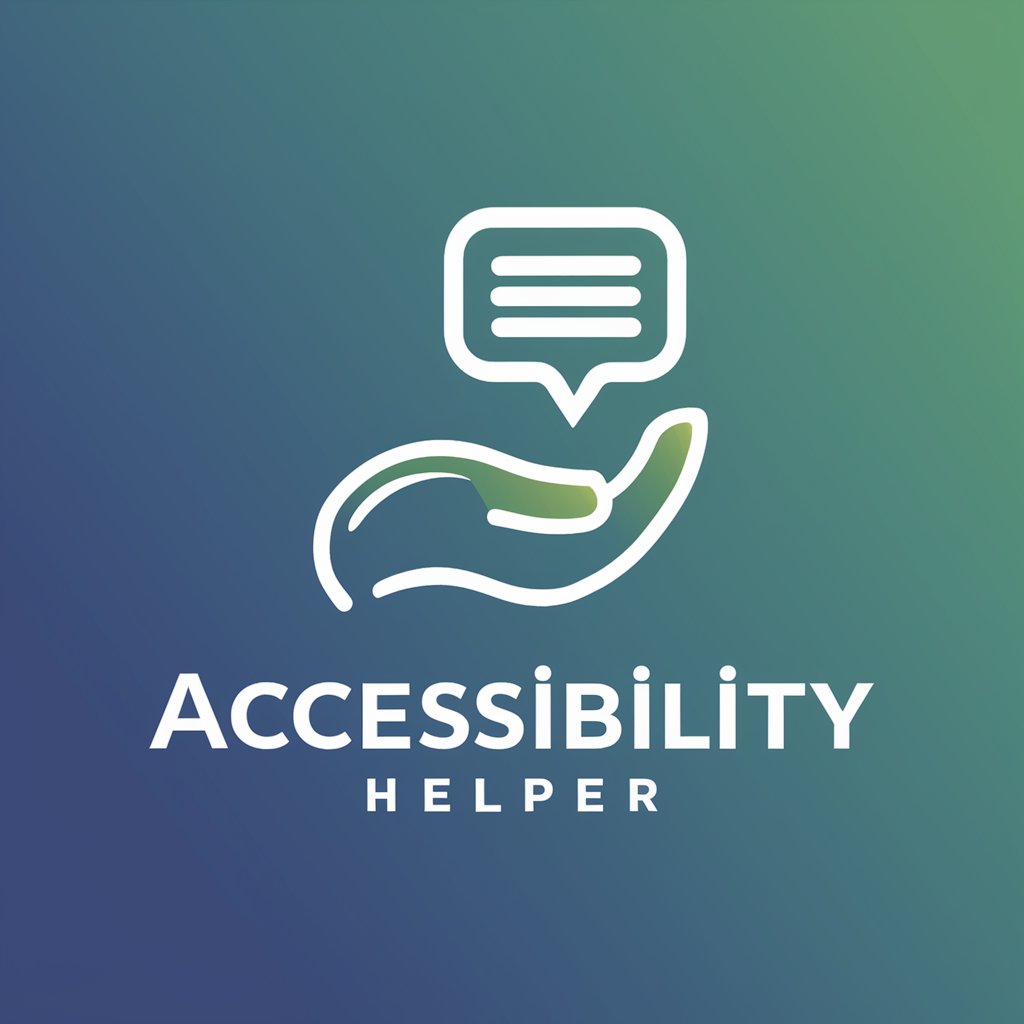
Blind Vision
Bringing Images to Words with AI
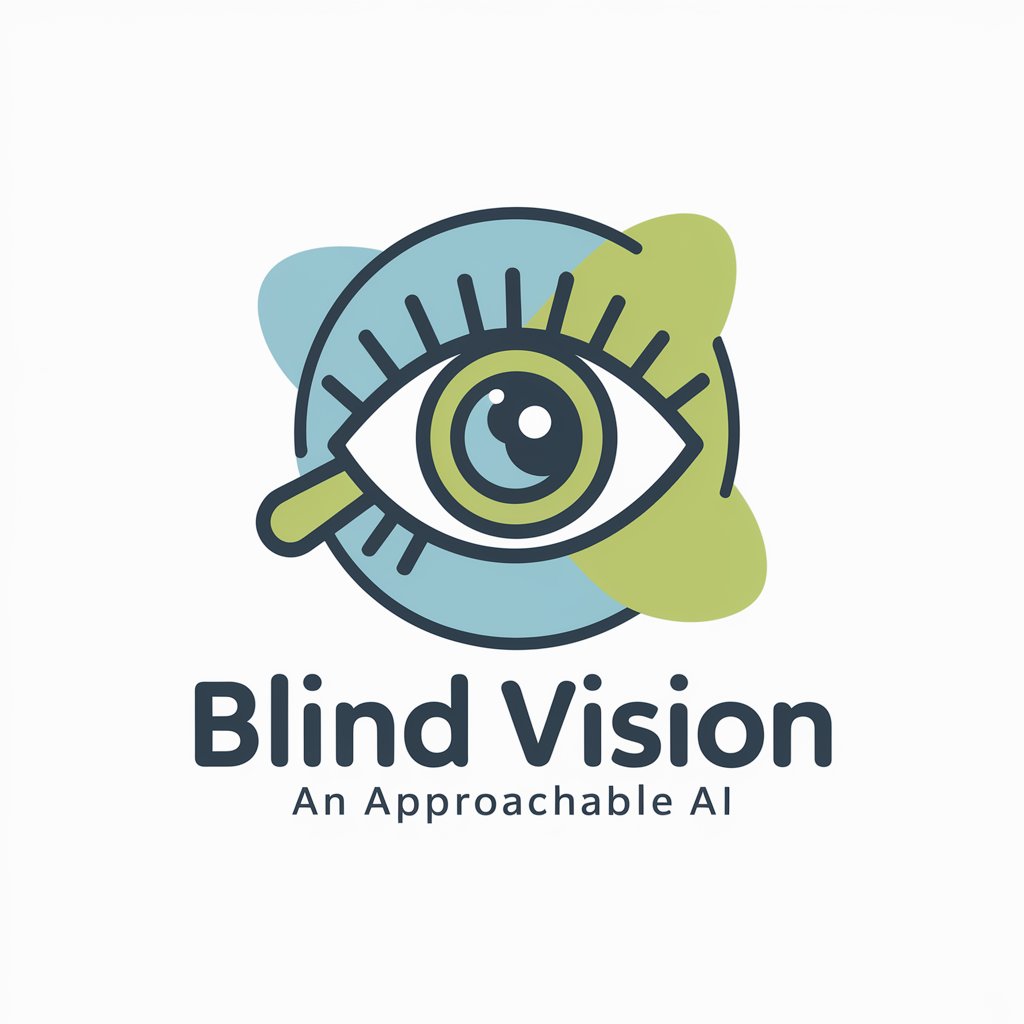
For Sight
Empowering Vision with AI-Driven Descriptions

EvE
Bringing Art to Life with AI
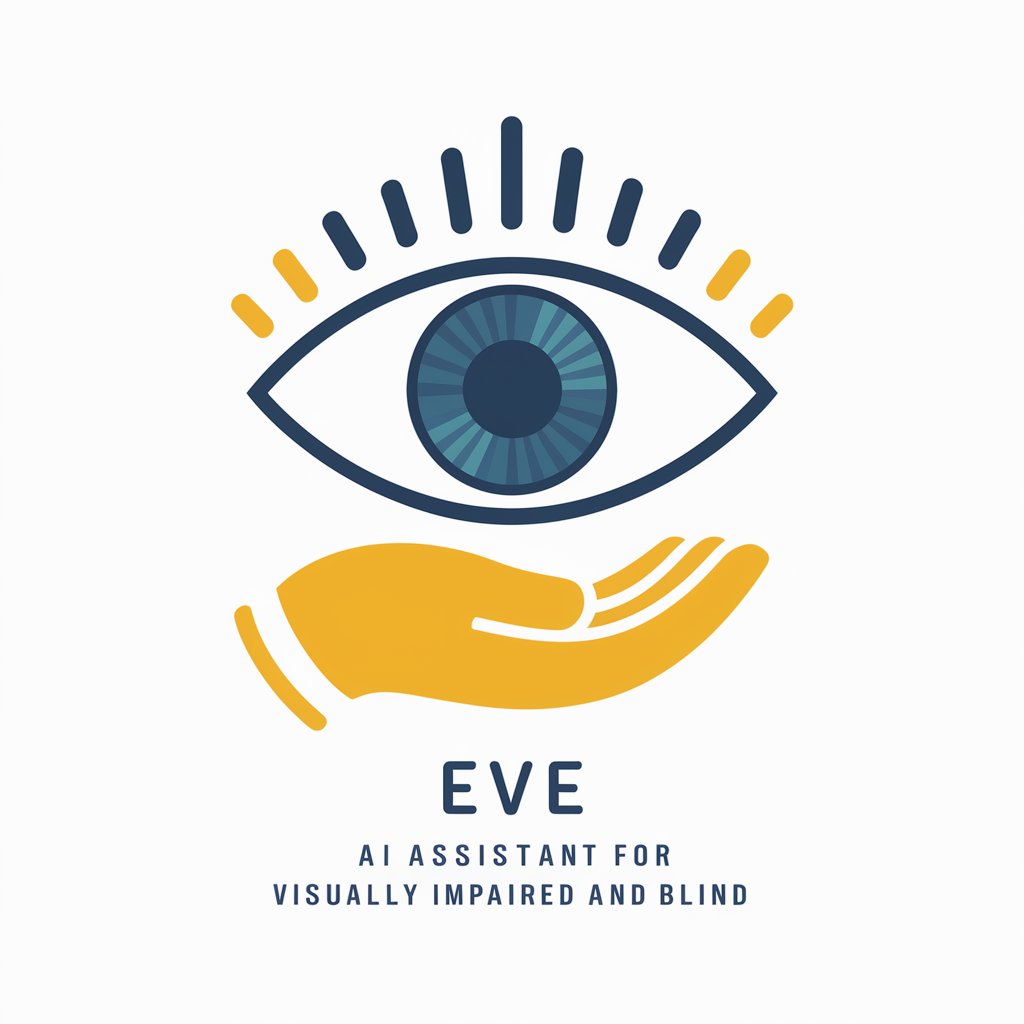
Top Tech Tidbits Accessibility Ally
Empowering through AI-powered accessibility
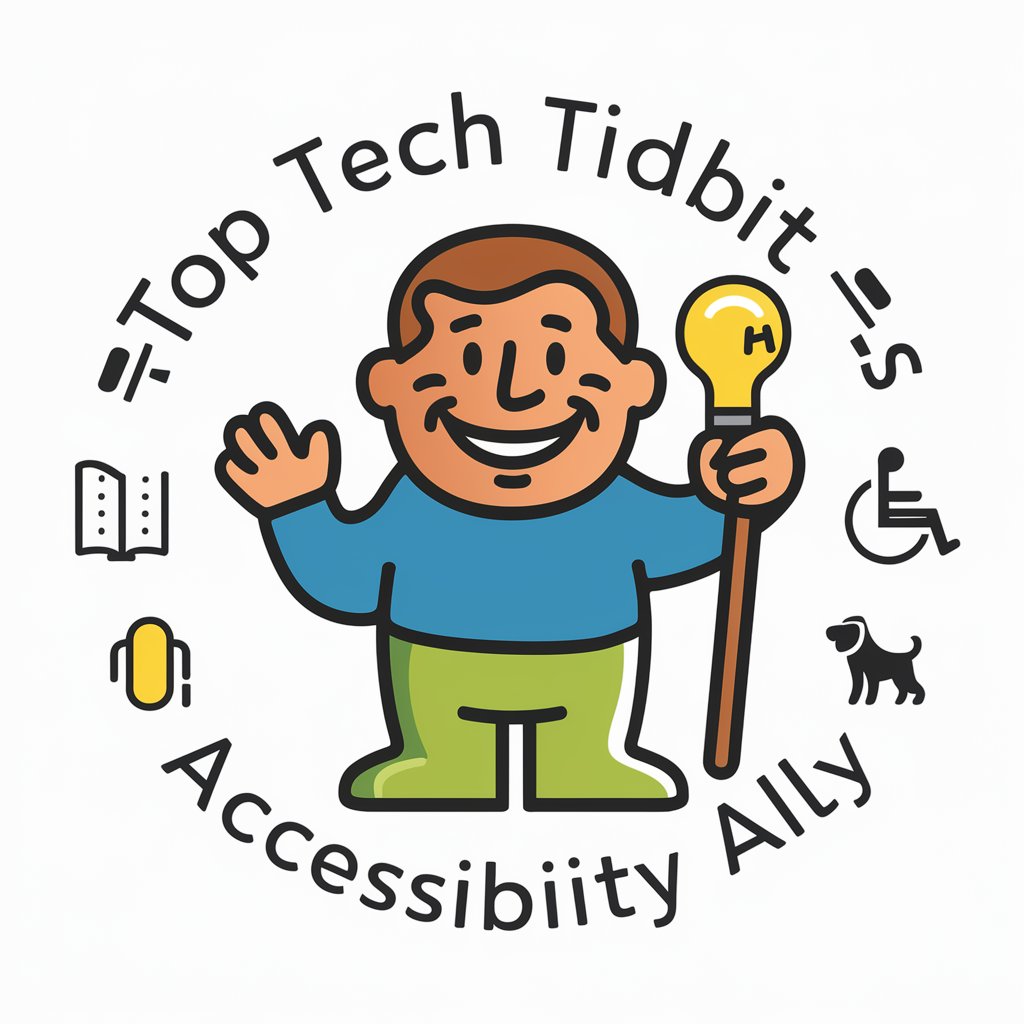
Key Attributes and Functions
AI GPTs for Visual Impairment are equipped with several core features that enhance their utility for individuals with visual challenges. These include adaptive text-to-speech for reading out textual content, image recognition capabilities to describe visuals, and the ability to interact with smart devices for navigational assistance. Moreover, these tools are designed with intuitive interfaces, allowing users to customize their experience based on personal preferences and the complexity of tasks they need assistance with. Specialized features such as language learning, technical support, and data analysis further distinguish these GPTs, showcasing their adaptability across different aspects of living and working with visual impairment.
Intended Users
AI GPTs tools for Visual Impairment cater to a wide audience, including individuals with varying degrees of visual impairments, developers creating accessibility solutions, and professionals within the visually impaired community. They are accessible to users without programming skills, thanks to user-friendly interfaces, while also offering advanced customization options for those with technical expertise, making these tools versatile for both personal use and professional application.
Try Our other AI GPTs tools for Free
Training Customization
Discover how AI GPTs for Training Customization revolutionize learning with tailored educational content, enhancing engagement and effectiveness for diverse training needs.
Thought Exploration
Discover how AI GPTs for Thought Exploration can transform your ideation process with advanced tools designed to probe, analyze, and innovate. Dive into the future of creative thinking today.
Fitness Coaching
Discover how AI GPTs for Fitness Coaching revolutionize personal fitness with tailored workout and nutrition plans, accessible anytime and designed for all fitness levels.
Exercise Tips
Discover AI GPTs for Exercise Tips: Your digital fitness assistant for personalized workout advice, tailored to your goals and fitness level.
SEO Writing
Unlock the potential of your website with AI-powered SEO Writing tools. Enhance your content's visibility and search engine ranking with our advanced, user-friendly solutions tailored for your SEO needs.
Stock Research
Discover how AI GPTs for Stock Research revolutionize market analysis with advanced data processing, offering tailored insights for investors and analysts.
Further Perspectives
AI GPTs for Visual Impairment exemplify how tailored technological solutions can significantly improve accessibility and autonomy for individuals with disabilities. With user-friendly interfaces and potential for integration into various systems or workflows, these tools not only assist in daily tasks but also in professional and educational settings, highlighting the versatility and impact of AI in enhancing the quality of life for the visually impaired.
Frequently Asked Questions
What exactly are AI GPTs for Visual Impairment?
AI GPTs for Visual Impairment are artificial intelligence tools designed to assist visually impaired individuals by using advanced language and image processing technologies to interpret and interact with the world around them.
How can these tools assist someone with visual impairments?
They offer assistance through features like text-to-speech for reading text, image recognition for identifying objects, and navigational aids for moving through spaces.
Do I need coding skills to use these AI GPT tools?
No, these tools are designed with intuitive interfaces that do not require programming knowledge for basic use, making them accessible to a wide audience.
Can developers customize these tools for specific needs?
Yes, developers have the option to customize and integrate these tools with other systems for specialized applications, thanks to their programmable nature.
Are these tools useful only for individuals with visual impairments?
While primarily designed for individuals with visual impairments, these tools also offer functionalities that can benefit a wider audience, including professionals working in the field of accessibility.
What makes AI GPTs for Visual Impairment unique compared to other assistive technologies?
Their ability to learn and adapt to the user's needs and preferences sets them apart, along with their multifunctionality in providing both textual and visual assistance.
How do these tools interact with smart devices and the internet?
They can connect to and control smart devices, access information online, and perform tasks like web searching and reading digital content aloud.
What are some potential future developments for AI GPTs in the field of visual impairment?
Future developments may include enhanced sensory integration, more seamless interaction with a wider range of devices and platforms, and even more personalized learning algorithms to better serve individual user needs.